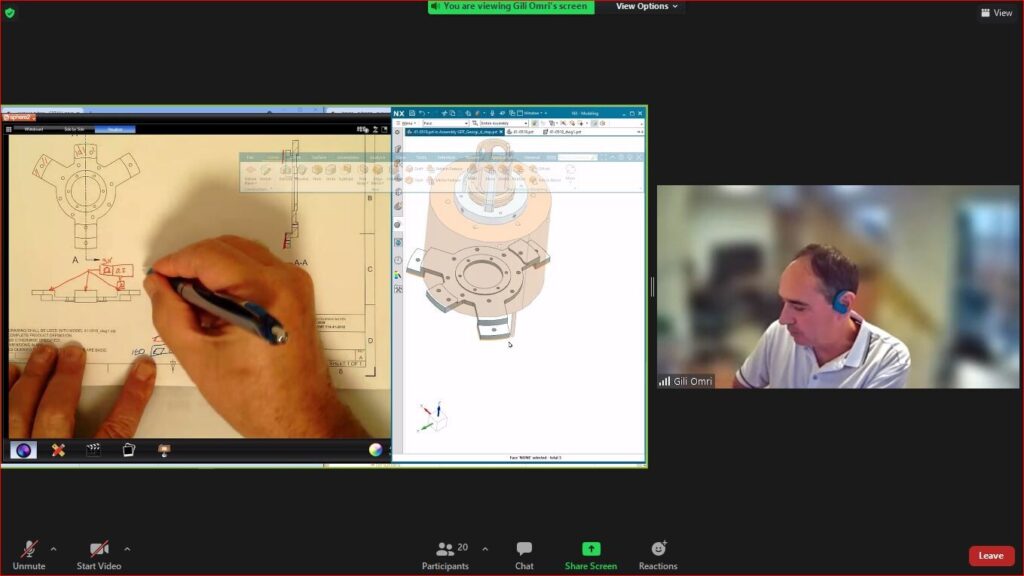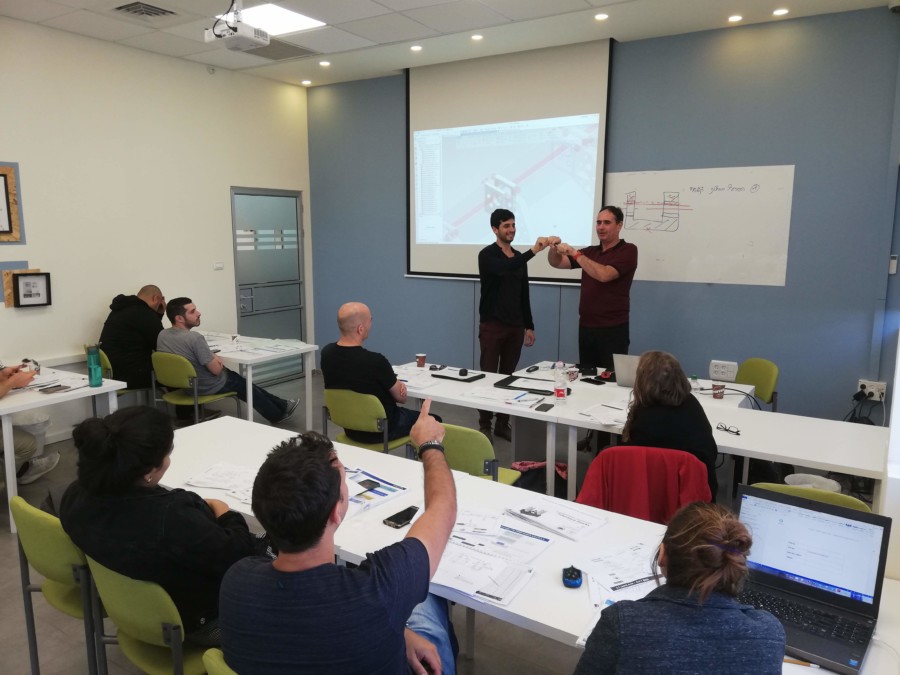GD&T – Geometric Tolerances
GD&T (Geometric Dimensioning and Tolerancing) is an international, concise and precise symbolic language developed for the express purpose of documenting Design Intent, to detail the functional requirements of a manufactured assembly part and to ensure the compatibility and interchangeability of those parts.
GD&T provides the links between theoretical 3D models, CAD (Computer GD&T is the tool for precisely and clearly defining functional specifications for size, form, orientation Aided Design), CAM (Computer Aided Manufacturing) and CAI ((Computer Aided Inspection) and the real world; and location of the elements of a manufactured part.
Why Adopt GD&T as a Work Method?
GD&T uses:
- Improves the quality of the design, production and control processes and preserves the organization’s knowledge base
- Reduces costs by shortening the production-cycle duration and by contracting hidden costs
- Improves communication between organizational divisions (Design, Production, Control) by leveraging a uniform and agreed-upon common language; uniform understanding of all organizational functions and those of suppliers and manufacturers reduces, by 50 percent, the need of formal meetings to explain Design Intent
- Allows the manufacturer to focus on functional constraints in the design and the elimination of tolerance specifications where they are unneeded, , thus streamlining the production and control processes)
- Allows the functional inspection of a single item (the geometric requirements reflect the functional interfaces and constraints)
- Can reduce the number of changes in the drawings due to a good tolerance analysis, the production of compatible drawings and an understanding of setting tolerance values
Why has GD&T Suddenly Become So Important?
Globalization and the expansion of outsourcing increases the awareness that GD&T is essential. Products developed in one country are manufactured in other countries around the world and assembled in still other countries. This increases the need of a common language. GD&T provides for the intercommunication between organizations, cultures and continents.
What are Today’s Standards?
GD&T is based on standards, which play a critical role in draftsmanship and reading technical drawings. The standards define a set of symbols, definitions, rules and conventions. Without these standards, detailed annotations would be required in order ensure the precise definition of production requirements and control for each manufactured part.
ASME and ISO are industries’ most widely used standards. There are also local standards, most of which are based on the ASME and ISO standards. As of the 1990s, there has been a large investment in reducing the gaps between these two standards. However, differences still exist in the symbols and in certain rules of the two standards.
There are no agencies to enforce the GD&T standards, but since draftsmanship is a key element in landing an order (of legal contract character), the absence of a standard or a reference to a standard to be used to interpret the drawing leaves room for interpretive disagreements of the drawing document. Thus, the selection and integration of a standard at the organizational level is of paramount importance.
What is In-Service Vocational Training Necessary?
Unfortunately, GD&T is not taught in most vocational training institutions in a comprehensive manner, but only as a subparagraph in draftsmanship courses or computerized drafting courses.
The periodical upgrades in the international standards (for example, the 2009 revision of the ASME 14.5 standard) reflect industry need and technological advances; the training program provide up-to-date knowledge and its efficient utilization.



